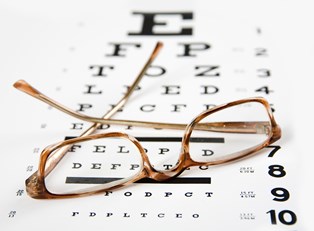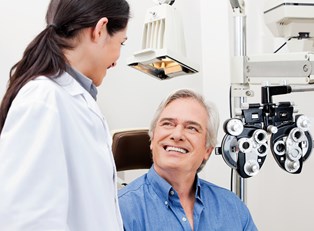Macular degeneration is one of the most common reasons for vision loss in people over the age of 60. The condition is characterized by the retina portion of the eye becoming damaged. The condition occurs in one of two forms: wet or dry. Macular degeneration can affect a person’s ability to read faces, drive, and read.
What causes macular degeneration?
Macular degeneration results from the retina becoming damaged. The retina is responsible for processing the images through the optic nerve. High blood pressure is a known risk factor for the condition. Smoking tobacco also increases the risk of developing macular degeneration.
How is macular degeneration diagnosed?
Macular degeneration can be diagnosed in several ways. Macular degeneration can be diagnosed if the pupils of the eyes are dilated. The eye can be examined using an ophthalmoscope. An Amsler grid can even be used to assess macular degeneration symptoms present affecting the vision. An ophthalmologist can take photographs of the eyes using fluorescein angiography or optical coherence tomography. With a fluorescein angiography, the dye is injected into the veins of the arm and is allowed to pass through the blood vessels, which allows photographs to be taken. The OCT scanning process is used to detect abnormalities with the blood vessels.
How is macular degeneration treated professionally?
Supplementation is often recommended for people at risk for or exhibiting the early stage symptoms of the condition. People are recommended to begin taking vitamin C, lutein, zinc, folic acid, vitamin B6, and vitamin B12 as a precautionary measure. Those who have already developed the condition can be treated in one of several ways.
What treatment methods exist?
- Anti-VEGF treatment
Drugs are injected into the eye after it has been numbed. The medication prevents the proteins from acting as a catalyst for the unwanted blood vessel growth or unnecessary leakage.
- Thermal laser treatment
Laser rays target the abnormal blood vessels. The intense heat damages the abnormal blood vessels to stop bleeding from occurring.
- Photodynamic therapy (PDT)
Dye is injected directly into the eye with the help of a laser beam. The laser light creates a chemical reaction that is potent enough to destroy abnormal blood vessels. The painless procedure reduces chances of severe vision loss.
How can people ensure early diagnosis?
Starting at age 50, people can be at risk for macular degeneration. While people ages 20 to 30 should get an exam every two years, people at age 30 should start having an eye exam on an annual basis. People with diabetes are especially vulnerable to conditions such as macular degeneration and other vision problems. People predisposed to the condition may require more frequent eye exams.



